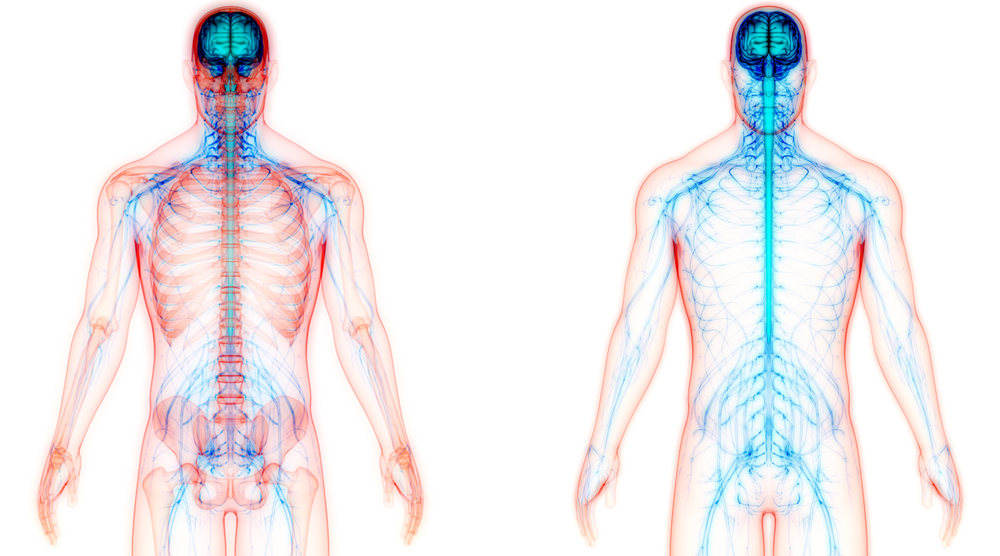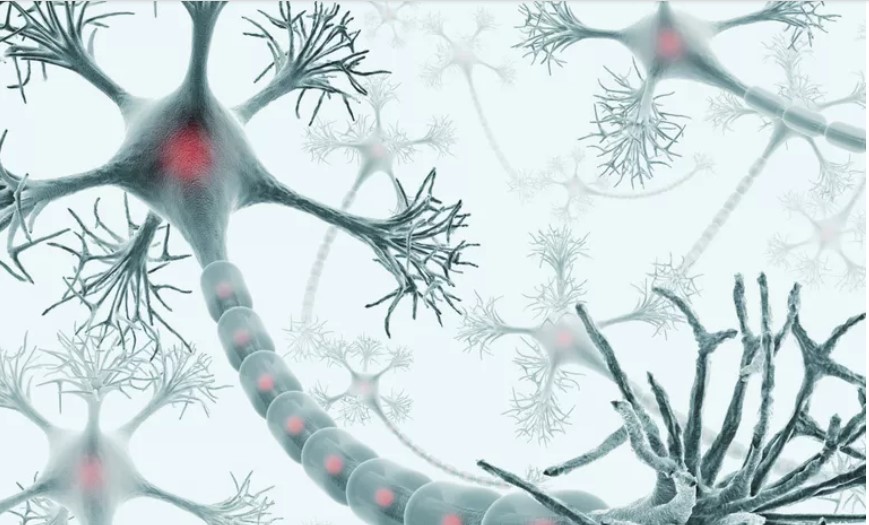

The motor nerves release acetylcholine to make muscles contract.Ħ a bundle of nerve cell bodies, often referred to as the “post-ganglionic neuron”.

Motor nerves leave the spinal cord and innervate skeletal muscles. The pre-ganglionic neurons release acetylcholine and the post-ganglionic neurons release norepineprine.ĥ part of the peripheral nervous system that controls movement.

It consists of 2 types of neurons, pre-ganglionic and post-ganglionic. Both types release acetylcholine.Ĥ part of the autonomic nervous system which controls the functions of organs and tissues especially during times of stress, fear and emergencies. They are usually located on cell membranes and elicit a function once bound.ģ part of the autonomic nervous system which controls everyday functions of organs and tissues.

These 2 nervous systems usually work in opposition to each other. This second type of neuron travels to its final destination (e.g., organs, glands, smooth muscle) and it either releases acetylcholine in the PSNS or it releases another neurotransmitter, norepinephrine 7 in the SNS. In the ganglia, the acetylcholine neurons release acetylcholine onto the second type of neuron. The first type of neuron leaves the spinal cord, en route to a cluster of neurons called a ganglion 6. In the autonomic nervous system, there are 2 types of neurons that contribute to the PSNS and the SNS. In the somatic nervous system 5, motor nerves release acetylcholine onto skeletal muscle. Acetylcholine neurons are present in all parts of the peripheral nervous system. Last, the autonomic nervous system is sub-divided into the parasympathetic nervous system 3 (PSNS), which is active all of the time, and the sympathetic nervous system 4 (SNS), which is active especially during times of stress, fear and emergencies. The peripheral nervous system is sub-divided into 1) the somatic motor system, in which skeletal muscles receive information from the spinal cord via motor nerves to cause movement (mostly voluntary) and 2) the autonomic nervous system, in which smooth muscles and other organs receive information from the brain and spinal cord to control organ function (mostly involuntary).
#Examples of somatic nervous system skin
The peripheral nervous system includes neurons that connect the brain and spinal cord to muscles, organs and skin to send sensory and motor information. The location of acetylcholine 1 neurons 2 can be mapped with respect to the organization of the nervous system ( Figure 6).Īcetylcholine neurons are plentiful in the central nervous system, which includes the brain and the spinal cord.


 0 kommentar(er)
0 kommentar(er)
